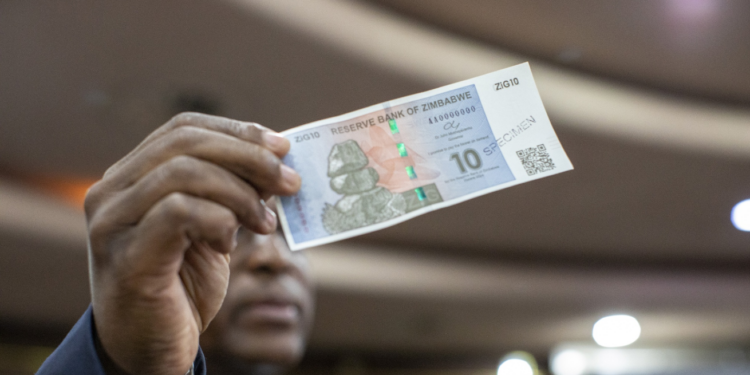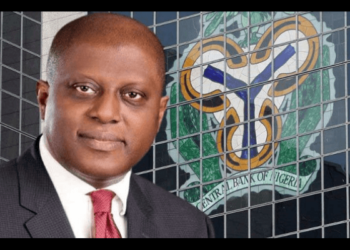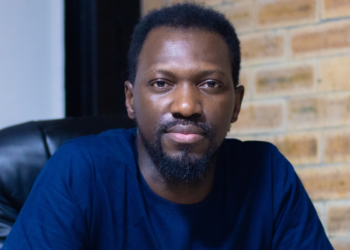Zimbabwe has introduced a new currency after making several attempts to revive the Zimbabwean Dollar.
John Mushayavanhu, governor of the southern African nation’s central bank, admitted on Friday that money printing had wrecked the five-year-old Zimbabwe dollar as he launched its replacement.
The new currency which will be called ZiG is set to be introduced on April 8, 2024, with an initial exchange rate set at 13.56 per dollar.
The ZiG replaces the Zimbabwean dollar, the RTGS, which had lost three-quarters of its value so far this year.
In addition, a contrasting interest rate of 20% has been implemented, which stands in stark contrast to the previous rate of 130% on the former Zimbabwean Dollar.
Also Read: Ramadan: Niger Republic Struggles With Food Inflation
Mushayavanhu also noted that the new currency will have the support of a varied mix of foreign currencies, gold, and other valuable metals.
He committed to ensuring that the amount of local currency in circulation was backed by equivalent value in precious minerals – mainly gold – or foreign exchange, to prevent the currency from losing value like its predecessors.
Zimbabwe has tried a variety of means to stabilize its currency since 2008 when the bank was printing Z$10tn notes as inflation ran out of control.
It then abolished its own currency and for many years only used foreign banknotes such as the US dollar and the South African rand.
However, the Zimbabwean dollar has lost almost 100 percent of its value against the US greenback over the past year.
On Friday it was officially trading at around 30,000 against its more coveted US counterpart — and at 40,000 on the black market, according to tracker Zim Price Check.
The underperformance of the economy played a role in the elevated inflation rate of the southern African nation, which reached 55 percent in March this year based on official statistics.
The 16 million individuals residing in this region are currently facing immense challenges due to the accumulation of pressure. These challenges include widespread poverty, high unemployment rates, and a severe drought caused by the El Nino weather phenomenon.
Zimbabwe cannot rebuild reserves without access to international markets and multilateral support, which has been cut off by decades of arrears to official lenders on much of its external debt. Mnangagwa made new overtures to end the financial isolation and clear the debt after taking power from Robert Mugabe in a 2017 coup.
But repeated bouts of repression by his security forces over the years have made the US and other governments less willing to engage.
This year the US suspended its involvement in a dialogue on the debt over the running of elections in 2023, which were widely seen as rigged to re-elect Mnangagwa to a second term.
Zimbabwe’s Currency And Its Woes
Bloomberg reports that the Zimbabwean Central Bank has made its sixth endeavor to establish a stable currency since 2008. At that time, the country’s inflation was estimated by the IMF to be 500 billion percent, resulting in the devaluation of the national currency.
- The Zimbabwean dollar has lost approximately 80% of its value in the official market this year, making it the second worst-performing currency worldwide.
- There has been a notable change in the currency landscape in Zimbabwe, as more than 80% of transactions are now being carried out in US dollars due to the devaluation of the local currency.
- There has been a simultaneous increase in inflation, reaching 55.3% in March from the previous month’s 47.6%.
You Should Also Know That;
In February, President Emmerson Mnangagwa of Zimbabwe first indicated his administration’s plan to implement a “structured currency.”
Following this, Finance Minister Mthuli Ncube proposed the idea of backing the currency with gold. As a result, the central bank postponed its monetary policy statement in order to refine the strategy.
John Mushayavanhu officially began his role as central bank governor on March 28, a month earlier than originally anticipated. He vowed to steer towards more conventional monetary policies during his time in office.
Written by Adeluola Biola










